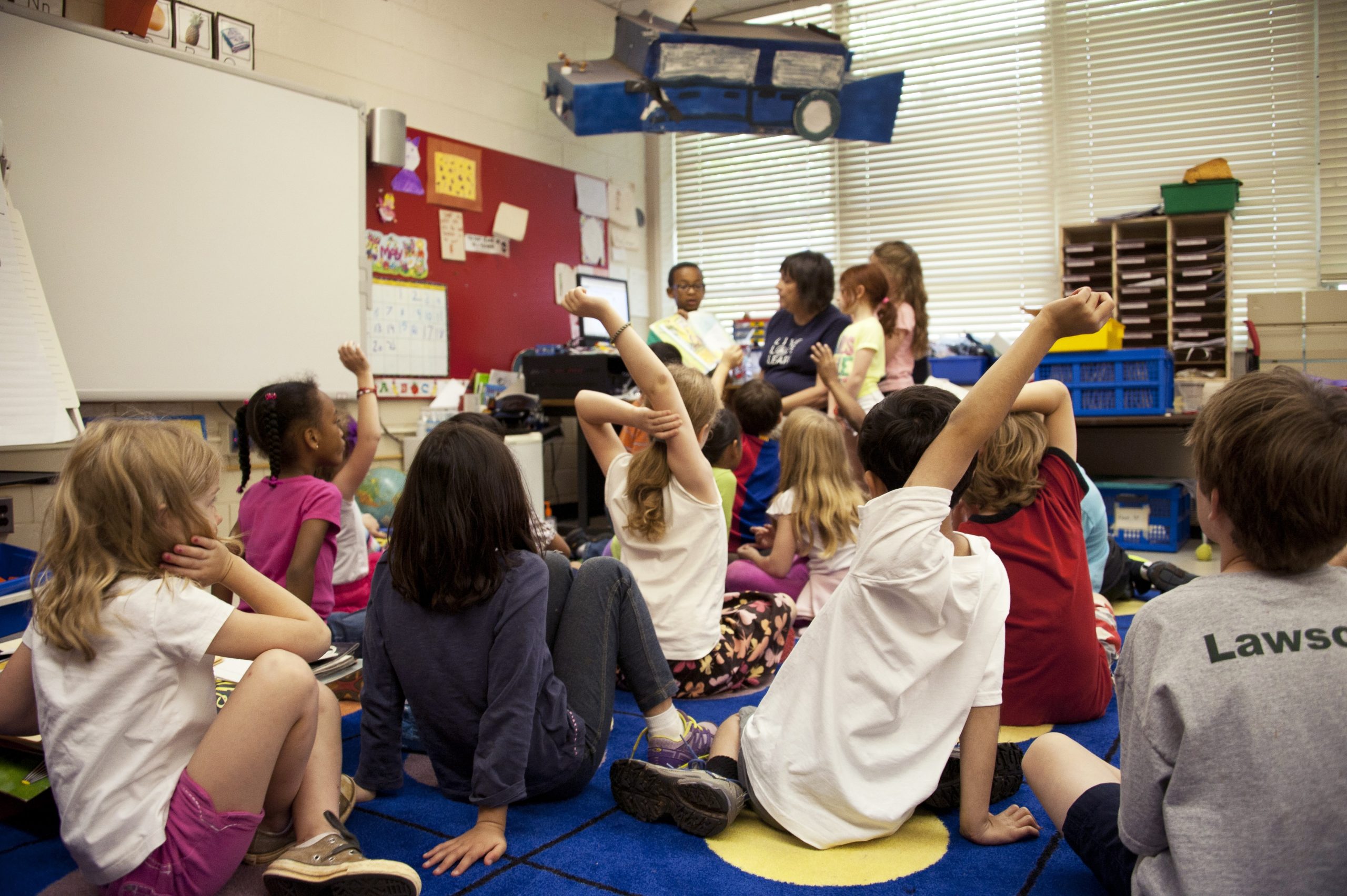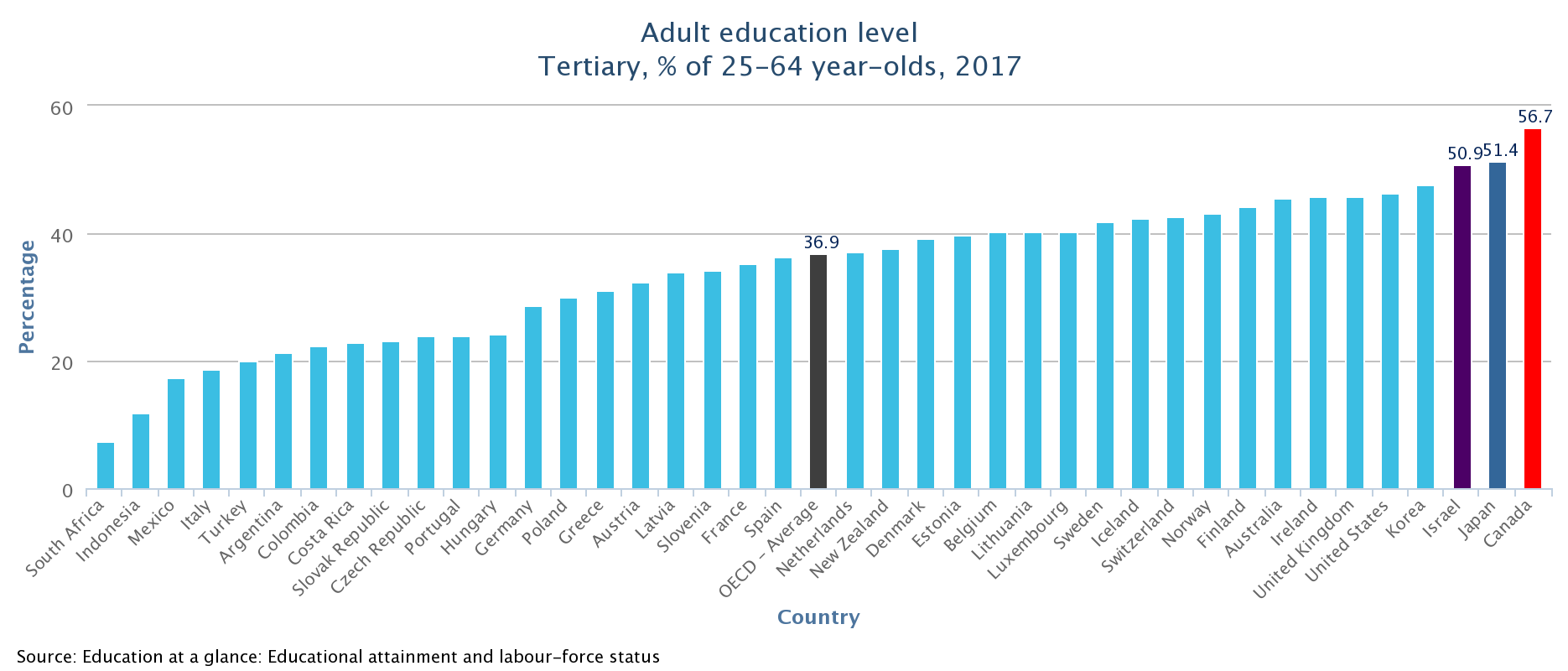Canada's Education System
Foreign students are welcomed in secondary and post-secondary education systems of all provinces. If you are seeking quality education for yourself or your child at a reasonable cost, this article will introduce you to Canada as an option:
RELATED ARTICLES
Canada also has some of the world's highest-ranked universities. Ten of the top 250 universities in the world are located in Canada. All of these educational institutions welcome international students.
For parents looking for quality international education for their children, Canada is a very good choice, with an education system that has a proven track record of excellence.
In 2019, there were a total of 642,480 international students in Canada. In 2020, that number decreased by 17 percent due to the COVID-19 pandemic. But the number is anticipated to rise in the coming years. More than 70% of the foreign students are studying at the post-secondary level. Others are enrolled in primary and secondary schools. Foreign students can enroll in Canada’s public schools. To be enrolled in a secondary school, a foreign student must have completed a course of study that is equivalent to the entrance requirements for Canadians. A foreign student should also have basic knowledge of English and French. If the student’s competence in English or French is not sufficient, the student may be offered additional language courses for extra fees.
International students usually pay fees to attend public elementary (or primary) and secondary schools. However, there are exceptions; some school boards do not charge fees to foreign students. Contact our team, and we can assist you in finding options that suit your budget and educational goals.
Canada is a multicultural country, so newly arrived students usually integrate rapidly to perform at the same level as their Canadian classmates. Canada has a very good record in integrating its foreign students so that they can operate at their optimal level.
However, the basic structure of the education system is similar in all jurisdictions. It is divided into four levels.
Pre-elementary Education
Pre-elementary education includes:
- Preschool (pre-kindergarten): This is an optional opportunity for children three to four years old. Preschools offer developmental programs that teach children the basics of English, pre-reading, etc. An alternative to preschooling is daycare. Daycare centers are childcare establishments where qualified staff supervises and cares for children while their parents are at work.
- Kindergarten: It is offered to children ages four and five before they start elementary school. There are different kindergarten programs in each province or territory. They can be full-day or half-day, mandatory or voluntary. For example, in the provinces of New Brunswick and Nova Scotia, attendance is mandatory while in most other provinces that is not the case. The curriculum is not stressful and it provides a friendly supportive environment for a child to learn the alphabet, counting, pre-reading, music, art, and how to interact and communicate with others. Kindergarten is offered free of cost in most cases.

Secondary Education
Secondary education is generally for children 12 to 18 years old. In most provinces, education is compulsory to the age of 16. Secondary education consists of two levels:
- Lower secondary education (called junior high school) covers Grades 7 and 8; in some regions, this level is known as middle school and covers Grade 6 to 8.
- Upper secondary education (also known as high school) covers Grade 9 to 12 in most provinces, but Grades 7 to 11 in Quebec.
Students are required to take certain compulsory courses in secondary school. They can also take several optional courses in the later years, to help them prepare for the job market or to meet the entrance requirements of the post-secondary institutions they plan to attend.
Tertiary Education
Tertiary (or post-secondary) education is available in both public and private institutions. These institutions offer degrees, diplomas, and certificates — depending on the nature of the learning institution and the length of the study program. There are three main types of post-secondary educational institutions in Canada:
- Universities: These are the higher education institutions that are allowed to grant degrees.
- Colleges: Various types of diploma or certificate-granting colleges are recognized in Canada: career colleges, community colleges, institutes of technology or science, etc. They provide career-oriented programs in various industries such as agriculture, health care, automotive repair, trades, social services, etc.
- Vocational or tech schools: These institutions often do not require a high school diploma before enrollment. Vocational programs teach students the technical skills required to enter directly into the workforce.
To learn more about the differences between universities and colleges in Canada, visit this link.
Educational institutions can grant:
- Degrees: Degrees can be obtained only from universities. There are three types of degrees:
- Bachelor’s degree: This is the first level of degree in Canada. It takes three or four years to complete.
- Master’s degree: It usually takes from one to three extra years of study after obtaining a bachelor’s degree.
- Doctoral degree (Ph.D.): It is the most advanced degree in Canada. It takes from three to five additional years of study and research following a master’s degree.
- Diplomas: Instead of degrees, colleges issue diplomas that qualify graduates to do specific jobs in particular fields. Diploma programs usually require two years or more of full-time study.
- Certificates: It generally requires one year of full-time study at a college or vocational institute to obtain a professional certificate.
Please note that Quebec manages its education system differently from other provinces and territories.
To study at post-secondary education institutions in Canada, foreign students must have their current level of education assessed. The Education Credential Assessment (ECA) verifies that a student's foreign degree, diploma or certificate (or any other proof of credentials) is valid and equivalent to a Canadian one. This is one of the main requirements for foreigners who wish to study in Canadian schools. International students must also meet language requirements in English or French. A foreign student must meet the minimum requirement of language proficiency for obtaining a Study Permit. However, an educational institution can establish additional requirements. Note that not all Canadian universities and colleges are allowed to admit foreign students; only those that are indicated in the Designated Learning Institution (DLI) list are acceptable for foreigners. So you should confirm that your selected institution is on the DLI list.
In contrast to higher educational institutions, admission to a Canadian primary or secondary school is quite straightforward, and the list of documents required is short. Additionally, all primary and secondary schools in Canada can enroll international students. Students must have completed equivalent grades to those in Canada. Students also must have an ECA. Language requirements are not as strict as they are for post-secondary education. In our other article, you can find out more about the application process for admission to Canadian schools.
Please note that each educational institution has its own admission requirements, so contact them directly before applying for admission, or contact us and we can provide you with the relevant information and assist in the application process.
The Quebec education system is significantly different from other Canadian provinces and territories. Here are the characteristic features of the Quebec school system:
- Pre-elementary education becomes available for children when they are four years old.
- Primary and secondary education consists of 11 years (11 grades), instead of 12, as is the case elsewhere in Canada. Successful completion of the general secondary program is recognized by the Diploma of Secondary Studies.
- From the third or fourth year of secondary school (Grade 9-10), the student can choose to take vocational training to learn a trade. Upon completion of this training, the student receives a Diploma of Vocational Studies.
- Upon completion of secondary school, students go on to study at a General and Vocational College (known as CEGEP). A CEGEP usually offers both (a) pre-university and (b) technical programs. Pre-university programs, which last two years, serve as a preparation for university. Technical programs, which last three years, can lead to employment as a technician or technologist. These two types of programs lead to a Diploma of College Studies.
- In addition to degrees, universities in Quebec also offer one-year certificate programs. The combination of three certificates can lead to a bachelor’s degree.
We Can Help

